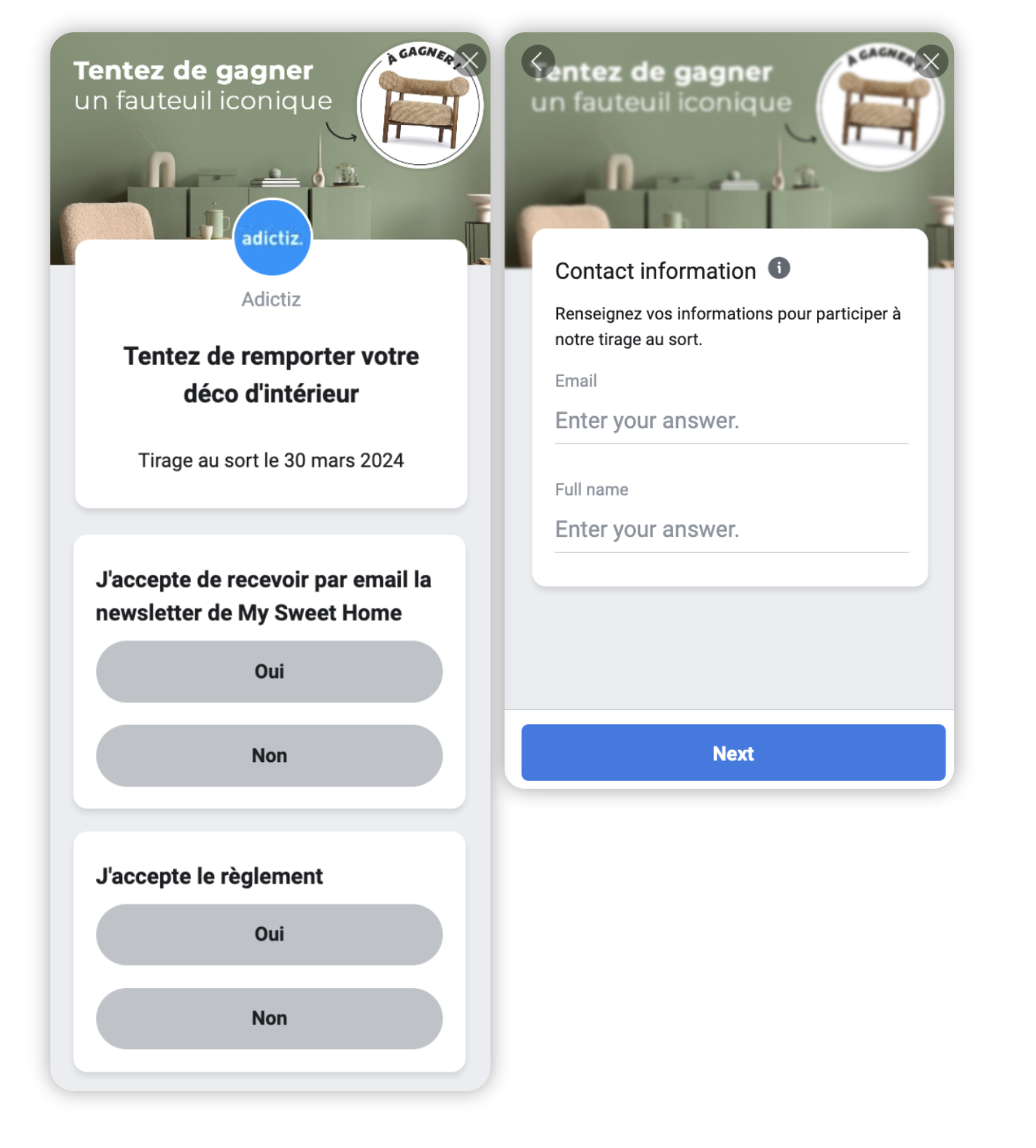Collecting data is crucial for businesses. Organisations rely on data to optimise their day-to-day operations, facilitate strategic decision-making and better address their needs.
What’s more, to refine your knowledge of your business and your audience, it’s important to put in place a data collection strategy. In this article, we look at methods for collecting and qualifying customer data.
What do we mean by data collection?
Data collection is the process of extracting data from a source to gather information. Then, from the user’s point of view, it can be deployed with surveys, interviews and focus groups as part of market research.
Today, every point of contact is an opportunity for companies to gather valuable information. Browsing a website or application, visiting a shop and interacting on social networks are all opportunities to understand the behavior and expectations of audiences.
The qualification and analysis of this data can then be used to:
- evaluate the company’s performance (in terms of customer satisfaction, conversion and retention);
- make better decisions (sales, marketing, operational, etc);
- predict future market trends and anticipate audience expectations.
The different types of data
Before looking at the different methods of data collection, we need to differentiate between the 3 main types of data.
- Zero-party data, i.e. information that customers share with companies.
- First-party data, i.e. behavioural information collected when customers interact with their sites, applications, products or social networks.
- Third-party data, collected by third parties, but the reliability, quality and ethical nature of this data is less than that of the previous types.
Why collect customer data?
First of all, when collecting data, you need to identify the reasons why the company wants to have the information. There are many reasons for collecting data (not all of which are mutually exclusive):
- Enhancing your CRM database. These days, brands need to collect new qualified contacts in order to gather information about their customers. Feeding the CRM is an objective that enables key messages to be communicated. This is made possible by communication levers such as newsletters and SMS. It’s also an excellent way of refining customer knowledge and better addressing needs.
- Anticipating the end of third-party cookies. Companies may be affected by a significant reduction in the possibilities for tracking visitors to their website. They must therefore implement alternative data collection methods to fill this future information gap.
- To compensate for the deletion of data (which occurs every 3 years). The RGPD stipulates that European authors (including companies) may retain their customer data for 3 years. It is therefore crucial for organisations to plan for data collection opportunities in order to renew their database on an ongoing basis.
The main data collection methods
Depending on the quality and nature of the data, the company can use different data collection methods:
- Quantitative data collection, using systematic methods. This type of data is distinguished by its ability to provide a basis for statistical analysis of the company. It can be collected via surveys (with closed questions), behavioral observation (data observed on the website, etc.).
- Qualitative data collection focuses on non-numerical data. This approach favors precision and depth over breadth by offering an insight into the preferences and motivations of its audience. In addition, it can be collected via open surveys and in-depth interviews (one-to-one or via focus groups, etc.).
- Primary data collection refers to the capture of data that has not been processed beforehand. This is data collected at source (directly from prospects and customers) via forms, questionnaires or interviews.
- Secondary data collection involves searching for and using data that has been collected for a purpose other than that of the company. This secondary data is often historical and provides a backdrop for new research. It is collected through archival research or database mining.
Gamified tools for collecting customer data
The golden rule of data collection is that the closer you are to the source of the data, the more qualitative, accurate and reliable it is.
Companies therefore need to mobilise tools to collect information from their prospects and customers. They can rely on gamified and interactive formats. These encourage their audience to share information freely and accurately. What’s more, this information can relate to their purchasing habits.
These gamified data collection tools include :
- The marketing game, ideal for recruiting, engaging and converting. To take part in a competition, users first have to fill in a form. Then, the game mechanics can multiply the number of interactions with the user and the collection of first-party data.

- The lead generation form. This tool enables you to recruit and qualify subscribers using a form integrated into the platforms. This is an excellent format for inviting Internet users to share their contact details.

- Co-registration to recruit opt-ins. This format enables you to pool your recruitment efforts by associating your company with a complementary collection method (via a partner brand).

- The click to lead email. The brand highlights an offer to encourage the user to subscribe to its newsletter and thus expand its customer database. The opt-in is generated by the click and the user is then redirected to the e-commerce site.

Conclusion
Implementing a data collection strategy is crucial if you are to make the right decisions and target your audience as effectively as possible. To meet today’s data collection challenges, your company needs to multiply its methods and tools so that it has a precise understanding of its market and its audience. Discover our gamified formats to help you recruit leads and share quality data!









